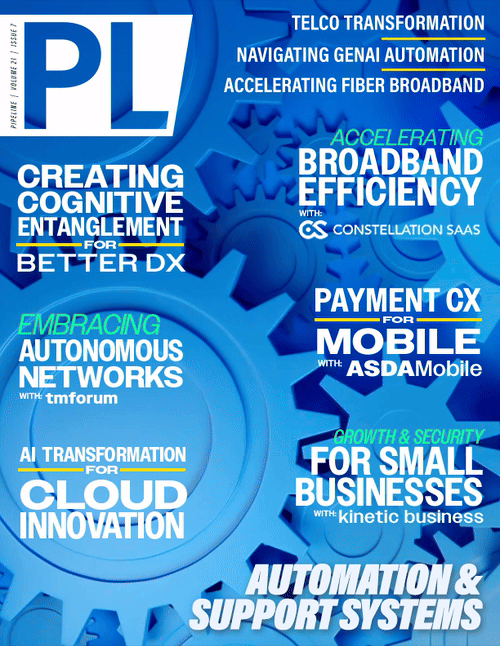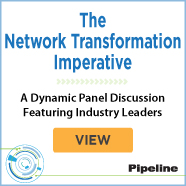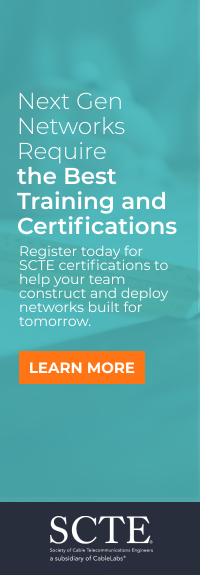Creating Cognitive Entanglement in DT
A Scientific & Technical Basis for the Creation of Human-AI Work Models
A second example illustrates how the brain and AI solve problems in different yet uniquely complementary ways. The computational speed of today's massive multi-core AI systems is significantly faster than any biological brain. AI can perform trillions of computations in seconds to address a complex prompt or problem. Conversely, the human brain tackles challenges using memory and typically does not exceed 100 steps. When assessing risk, the brain engages in a process similar to AIs, yet they differ. Simply put, the brain evaluates factors based on memory and belief, correlating events with outcomes by employing multiple organs and systems. In contrast, AI utilizes algorithms and logical processes for problem-solving, including prediction, correlation, perceived causality, and more. We can accurately assert that AI encompasses more than just a set of algorithms; it reasons in ways similar to and distinct from the brain.
Human and computer memory's differing and complementary nature is an essential factor in designing new entanglement models. Human memory is a complicated topic, but simplistically, the brain notes outcomes, events, cause and effect, and correlations to repeat positive and avoid adverse consequences. Our memory is invariant and time-sequenced, meaning it reflects on itself and can piece together a narrative from fragments. Working memory is a conceptual construction with tremendous research validity; it states that the hemispheres each contain a finite amount of memory allocated to the immediate task. The number of items a person can “attend to” is limited. Current research shows the number is between 4-6 depending on numerous factors ranging from IQ to stress. Computer working memory could be a valid construct, but it would be measured fundamentally differently and be vast. The brain constantly learns and updates its reference frames (mental models) to predict what it will see next. All currently in-use AI models are trained in increments, usually coinciding with a significant upgrade.
The statement is often made that “Artificial Neural Nets (ANNs) are designed and function like the brain.” This is only true at the highest level of abstraction and misses the central point to complementarity – ANNs and the brain do have to be identical or even the same in a near symbiotic relationship. Vernon Mountcastle, the noted neuroscientist, postulated that the neocortex, despite its diverse functions, operates using a single, fundamental computational algorithm. Mountcastle observed the uniform structure of the neocortex and suggested that the differences in its various regions arise from their connections to other parts of the brain rather than from fundamentally different computational mechanisms. Without going down a rabbit hole, it is evident that AI, in performing higher-order functions – which it now does exceptionally well, does not operate on a single universal algorithm. But again, when paired with a human expert in a field, the two form a unique and skillful combination.
Advanced AI can now perform forensic pathology and make predictions in almost any domain, from medicine to real estate and stock price forecasting. Can AI reason? Yes... but not like the human brain. AI has evolved beyond machine algorithmic, probability, and correlational logic, yet it remains different from human reasoning due to its foundational structure. That said, the differences are shrinking as AI continues to evolve. Combined with complementary technologies such as advanced visualizations, 3D printing, sensors, cyber-physical systems, and human experts, the potential for problem-solving, task execution, and innovation is limitless. The challenge from a DT perspective is that, from an enterprise standpoint, the issue of multiple layers of agents functioning precisely with intent has yet to be resolved.
Of interest to those charged with DT is the ability of humans mated with AI to have nearly infinite knowledge and expertise instantly available and create a cogent level of Situational Awareness
and Understanding in a context-dense environment with multiple degrees of separation/correlation between occurrences and outcomes. This applies heavily in areas requiring significant
complex reasoning – think M&A’s, think Medicine in all its aspects, from diagnosis and treatment to the creation of new antibiotics and equipment. Central to maximizing desirable outcomes is
structuring data, analytics, exploring and synthesizing data, and contextual information so that both human and AI interact simultaneously and leverage their goodness.
From a strategic DT lens, today’s AI can aptly be described as Advanced Information Processing, Synthesizing, Reasoning, and Production systems versus the general-purpose intelligence of the human brain. When we pair the human brain with AI, we have the most potent combination of problem-solving constructs ever known in human history. The trick is getting it ‘right, which requires seeing beyond the obvious into the art of the possible.
AI can be a lateral enabler and multiplier, but not without a deep understanding of the human brain, beginning at the design phase and continuing post-implementation. The most successful digital transformations will be those that can seamlessly create entanglement between people and AI through complementarity. From a design point



















